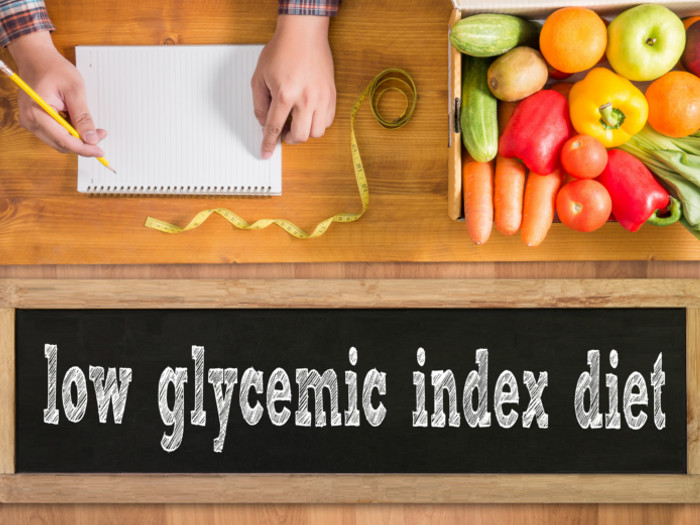Going on a low-glycemic diet is an excellent choice for people who are on diabetes or those who are at risk of developing the condition.
What is a Low-Glycemic Diet?
A low-glycemic diet is one that focuses on lowering your overall intake of carbohydrates and simple sugars, combined with calories counting and other related strategies. Every type of food is designated with a certain glycemic index, namely how much it will affect your blood sugar. When you eat high-glycemic foods, it causes dangerous spikes in your blood sugar, which can increase your risk of diabetes. By choosing low-glycemic foods, you are able to keep your blood sugar in check more effectively. This diet is also used by people who wish to lose weight and reduce their risk of obesity-related diseases, such as coronary heart disease. [1] [2]
This diet does work, as the majority of your blood sugar fluctuation is dependent on your diet. Those who are strongly recommended to follow this type of diet include people who have already been diagnosed with diabetes, those who wish to lose weight or maintain a healthy weight, and people who want to design a healthier means of planning meals.

A low glycemic diet is a popular option for people with diabetes. Photo Credit: Shutterstock
Low-Glycemic Diet Plan
A low-glycemic diet plan will consist primarily of low GI (glycemic index) foods and low glycemic load foods. The glycemic index measures the blood sugar impact in 100-gram servings, whereas the glycemic load measures the blood sugar impact in average portions, giving a more accurate representation of what eating these foods typically do. [3] [4]
The most common foods consumed on a low-glycemic diet include the following: [5]
- Starchy vegetables
- Nuts
- Pasta
- Legumes
- Yogurt
- Fruit
- Seeds
- Wheat germ
- Oatmeal bran
- Apples
- Berries
- Cherries
- Citrus fruits
- Avocado
- Extra virgin olive oil
- Salmon
- Free-range eggs
- Cheese
- Vinegar
- Lemon juice
When it comes to foods that are appropriate for eating on a diet like this, choose those with a glycemic load of under 20. Low glycemic load foods come in at under 10, but these can be difficult to exclusively base your diet on. Generally speaking, seek out foods with low levels of carbs, and you should be able to keep your blood sugar levels under control.
Word of Caution: There are some things to consider and be cautious of on a low-glycemic diet, such as the dangers of becoming nutrient-deficient, as is always a risk when changing diets drastically. Using supplements to ensure that your body gets the nutrients it needs is highly recommended. Furthermore, if you are using this diet to lose weight, be sure to do it in a healthy and gradual way, rather than slicing huge amounts of calories out of each day. If you are patient, you will see results! [6]
